Velvet fabrics are not only impressively soft but also showcase exquisite and intricate patterns that are impossible for anyone outside to replicate.
Stepping into a small weaving workshop in Venice, Italy, feels like entering an ancient world where precious velvet fabrics are woven with remarkable skill and admirable patience.
The final products find their way to the wealthy and powerful in prestigious places: from the White House to the Kremlin, from the Vatican to fashion houses, and even the villas of Hollywood stars.
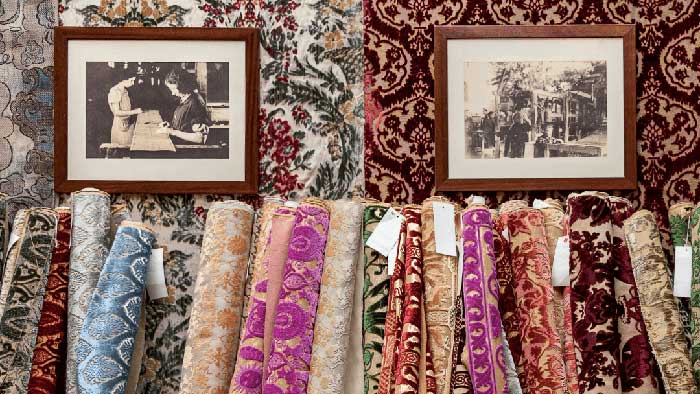
Beautiful, luxurious, and precious velvet fabrics.
Among the approximately 6,000 weaving looms used by weavers in 16th-century Venice, only 18 remain today. These are operated by 7 skilled artisans who play a crucial role in preserving this ancient and beautiful craft, which is extremely challenging. They may very well be the last artisans capable of creating exquisite velvet fabrics…
A Measure of Wealth
Venice, located in the Northeastern part of Italy and the capital of the Veneto region, comprises 118 small islands interconnected by over 400 bridges crossing the intricate canals within the city.
In fact, before the 14th century, there was no fabric weaving industry in Venice. All fabric was imported from the Eastern Roman Empire. However, in the early years of the 14th century, around 300 weavers from Lucca (in Tuscany, Central Italy) sought refuge here. It wasn’t long before they contributed to spreading the craft of weaving throughout the city.
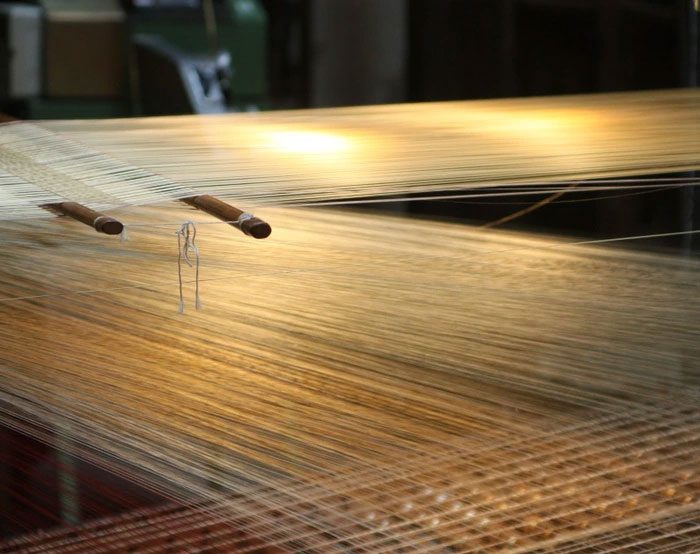
Venice is not only famous for architects and sculptors… but also for its skilled weavers.
Since then, Venice has become renowned not only for its architects, sculptors, painters, and writers but also for its weavers. They produced fabrics of such quality and sophistication that they are hard to replicate.
From the 14th to the 18th century, velvet produced in Venice was primarily used to make the most luxurious garments for European nobility. By the 16th century, the luxurious fabrics produced in Venice had become the city’s most significant source of wealth.
At its peak, Venice had up to 6,000 looms operating continuously. The number of weavers was so vast that it accounted for 1/5 of the population at the time. They wove all types of fabrics, but the velvet branded as Venetian was always the most special. Not only was it impressively soft, but it also displayed exquisite and intricate patterns that no one outside could imitate.
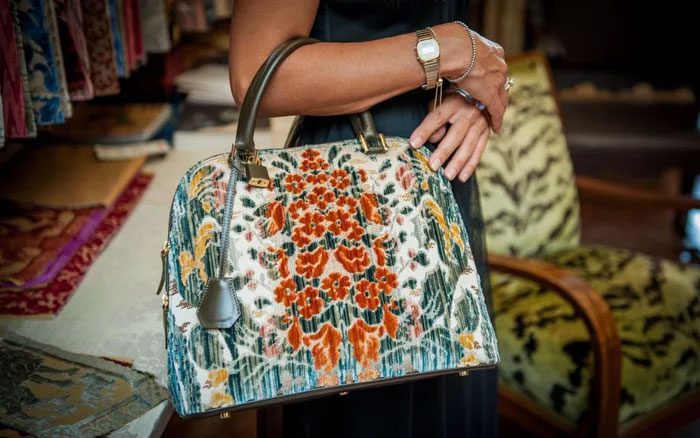
Furthermore, the price of Venetian velvet was always such that only the nobility could afford it.
Thus, during the feudal era, velvet became a measure of wealth for individuals in Italy. Men wore velvet cloaks, while women donned lavish dresses. Even shoes were elegantly wrapped in Venetian velvet, befitting a refined lady from a wealthy family.
Valuable Due to Rarity
In reality, the high price of Venetian velvet is not due to its premium quality, but because it takes an immense amount of time to weave. Skilled craftsmen can only produce about 25 centimeters a day. The effort and time involved make it rare. Because it is rare, it reaches the threshold of “valuable,” thus becoming a luxury that only the wealthy can possess. Currently, the price for one meter of Venetian velvet is around 5,000 euros (over 135 million VND).
To avoid imitation, the skilled weavers in Venice have also created unique and complex techniques. Consequently, the patterns on each piece of velvet are different, displaying a myriad of designs.
In those days, fearing that the traditional craft would spread outside, the city of Venice even prohibited skilled weavers from leaving the city. By the end of the 15th century, Venice proposed and implemented what is known as intellectual property protection law. Venetian velvet was officially patented, becoming an exclusive commodity.
The Last Velvet Weavers
In 1875, moved by the plight of the once-valuable velvet fabrics, Luigi Bevilacqua dusted off old looms and resumed the weaving craft that had faded over time. He opened a workshop on the Grand Canal of Venice (now commonly referred to as Venezia) named Tessitura Luigi Bevilacqua.
Six generations later, his company continues to persistently protect the secrets of this ancient craft.
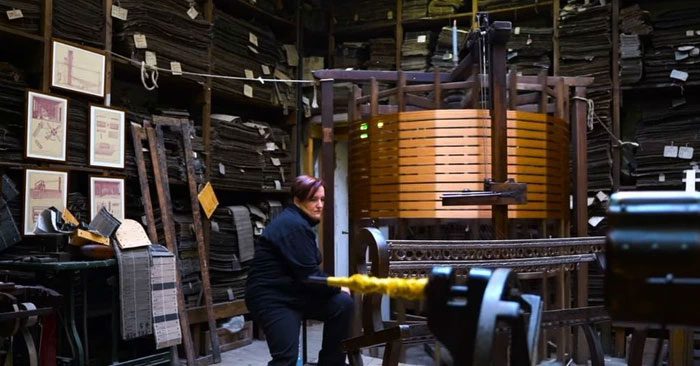
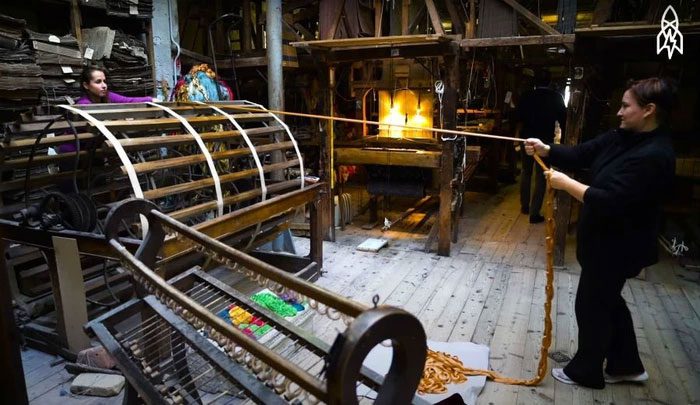
This is not a simple form of art; it requires much time, patience, and physical effort.
Bevilacqua explains: “Preparing the loom for weaving takes several months, sometimes even a year. For example, when we made this fabric for the Kremlin, we worked for a year before completing it.”
When the Russian government commissioned them to produce this fabric to cover some chairs in the Kremlin, the Bevilacqua workshop was unsure if they had the capability to do so. The pattern was a French design nearly 300 years old, but the loom used to produce it had not been operational for 50 years. Therefore, the weavers had to modify one of the looms, which took 6 months just to repair the machine, punch holes, and wind the thread.
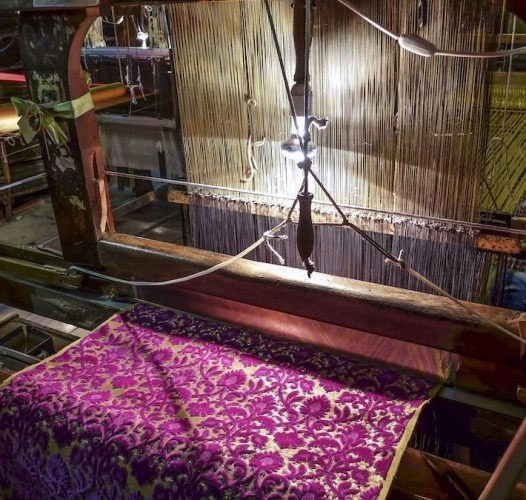
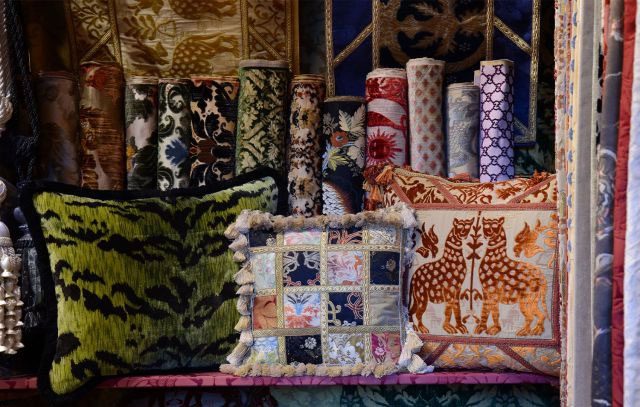
Hand weaving requires a series of complex activities that increase production time.
The weaving process itself is also particularly complex because two weavers work on the same loom. For ordinary fabrics, only one weaver works on each piece, adjusting the loom according to their strength, arm length, and the tension needed for the threads.
The looms may date back to the 18th century, but they are still operational today thanks to a 19th-century invention. This is a machine, akin to the ancestors of modern computers, that reads punched cards and remembers the “presence or absence” of holes at predetermined positions in a secret code that the loom uses as a map for its design.
Initially, the punched cards are prepared, requiring thousands of cards as each card represents half a millimeter of the design, sometimes extending up to 1.5 meters.
Next, about 15 threads must be attached to the loom. One cannot weave more than 25 centimeters each day for this precious and complex velvet.
The Status of Venetian Velvet
Apart from the Kremlin in Moscow and the White House in Washington, orders also come from celebrities and royal palaces around the world, the Vatican, Quirinale (the residence of the Italian president), and high-end fashion houses.
A piece of tiger velvet produced by the Tessitura Luigi Bevilacqua workshop is used to cover chairs in the villa of singer Mariah Carey. Giulia Incipini has worked at this workshop for 7 years.
“This is hands-on work, so building and preparing the loom as well as weaving the fabric are all done by hand, all by us,” she says.
Not everything she does can be displayed. She must ensure that a piece of velvet they wove in recent weeks for a famous Italian fashion house, a design that remains a “top secret,” is not revealed.
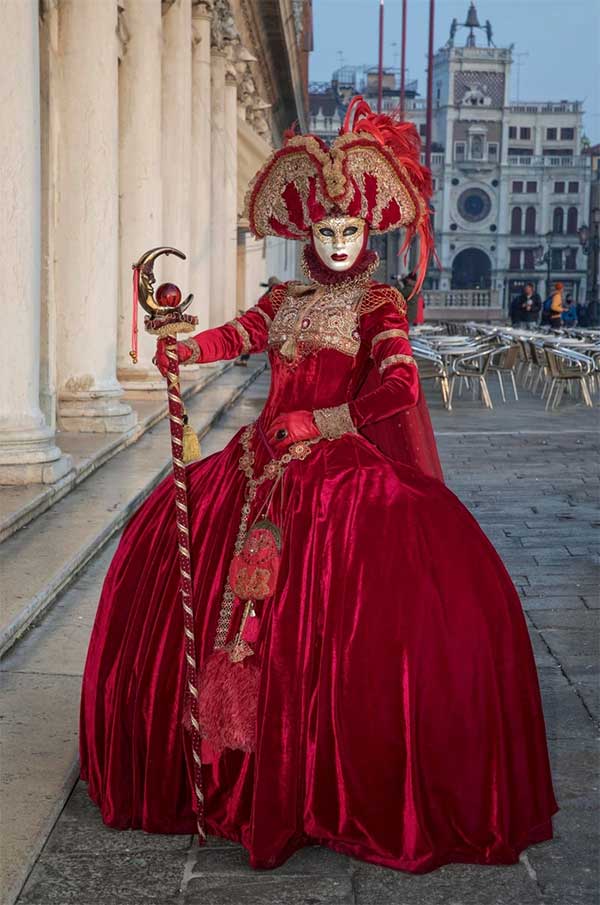
Incipini spends hours weaving in the workshop, using her entire body as if she were a master puppeteer.
Preserving such an ancient tradition can mean sweating and frustration, especially when machines jam or get lost in a maze of thousands of threads. For this reason, items made from Venetian velvet remain a luxury in the 21st century.


















































